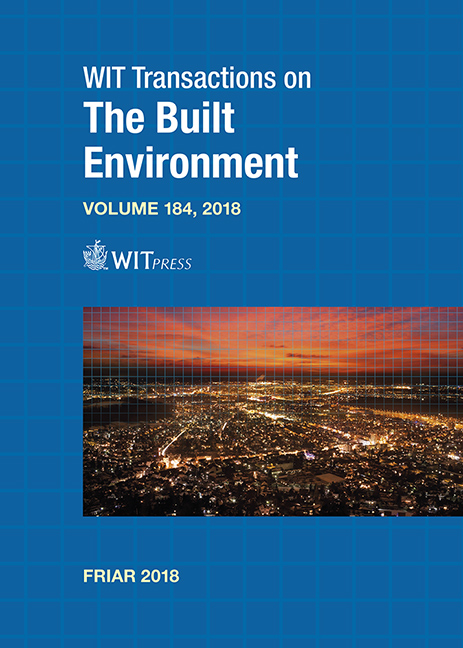STUDY ON DEBRIS FLOW FORECASTING USING A RAINFALL TRIGGERING INDEX
Price
Free (open access)
Transaction
Volume
184
Pages
13
Page Range
177 - 189
Published
2018
Paper DOI
10.2495/FRIAR180171
Copyright
WIT Press
Author(s)
DONG HO NAM, DONG HO KANG, SUK HO LEE, BYUNG SIK KIM
Abstract
At present, there has been a wide range of studies on debris flow in Korea, more specifically, on rainfall characteristics that trigger debris flow including rainfall intensity, rainfall duration, and preceding rainfall. The forecasting of debris flow relies on the criteria for debris flow forecasting and warning by the Korea Forest Service. Despite this, it has been found that most incidents of debris flow were caused by rainfall above the level of debris flow watch, maximum hourly rainfall, extensive damage was caused even under the watch level. under these circumstances, we estimated a rainfall triggering index (RTI) using the main factors that trigger debris flow rainfall, rainfall intensity, and cumulative rainfall to design a more sophisticated watch/warning criteria than those by the KFS. The RTI was classified into attention, caution, and warning, and was assessed through the application of two debris flow incidents that occurred in Umyeon Mountain, Seoul, and Cheongju, Inje, causing serious damage and casualties. Moreover, we reviewed the feasibility of the RTI by comparing it with the KFS’s debris flow forecasting and warning criteria.
Keywords
debris flow watch/warning criteria, rainfall intensity, preceding rainfall, debris flow forecasting and warning, rainfall triggering index (RTI)





